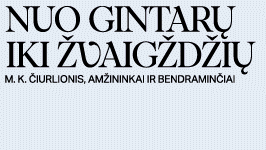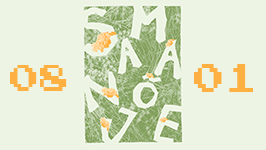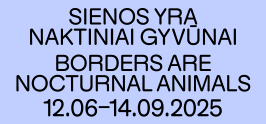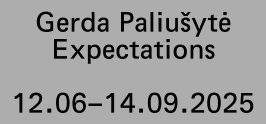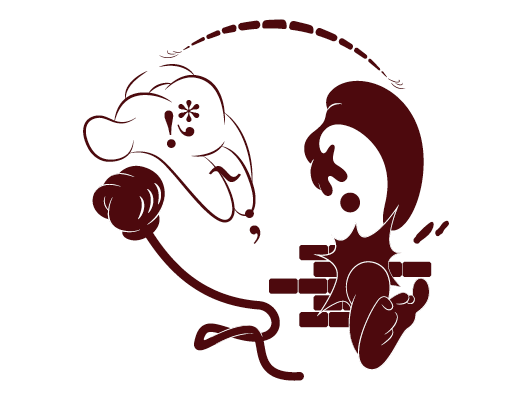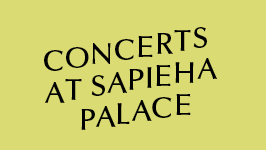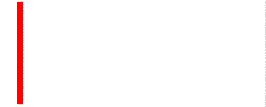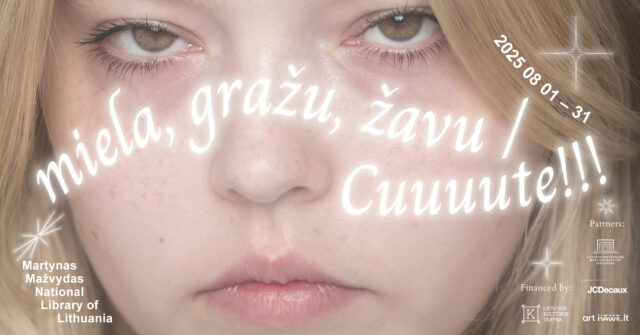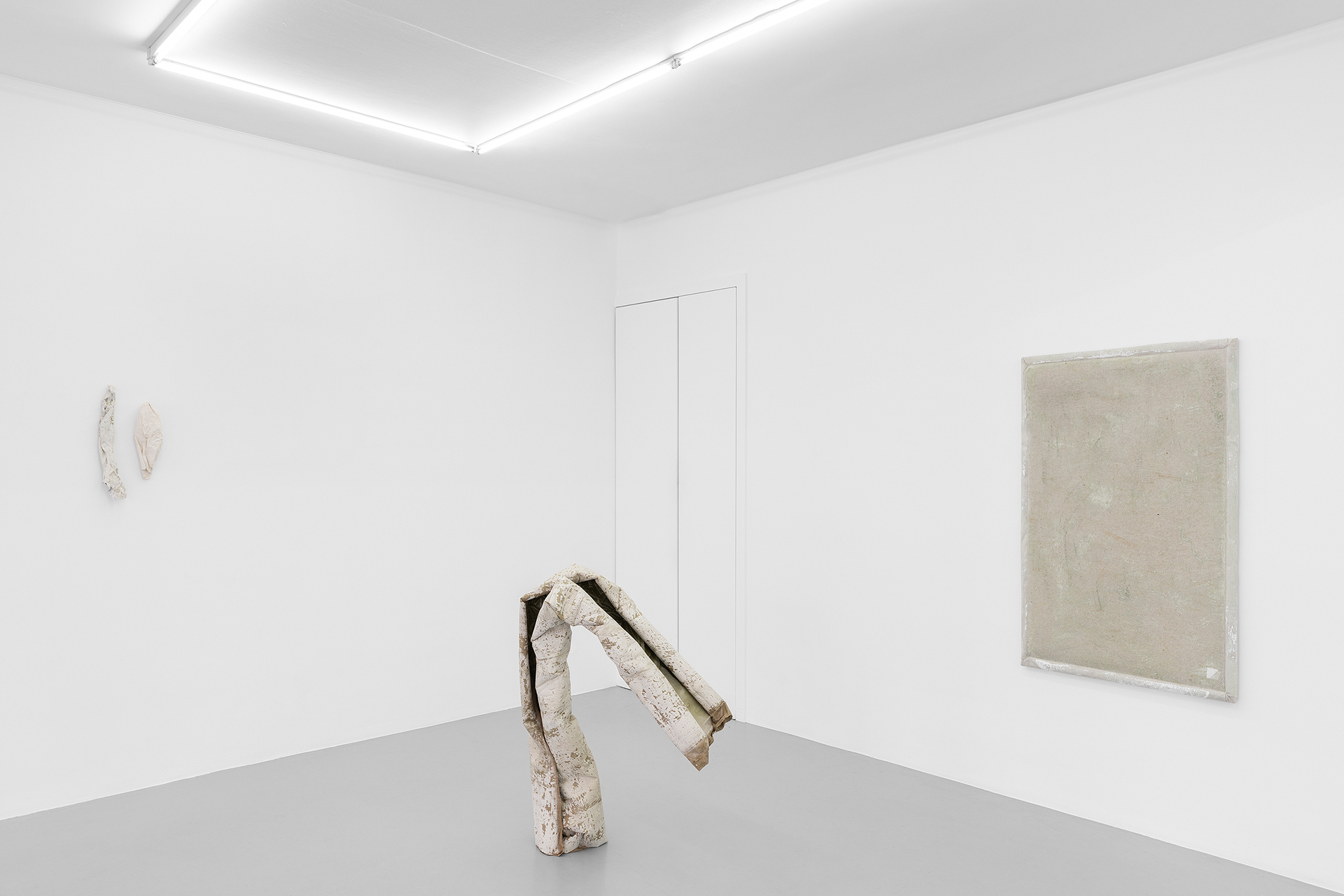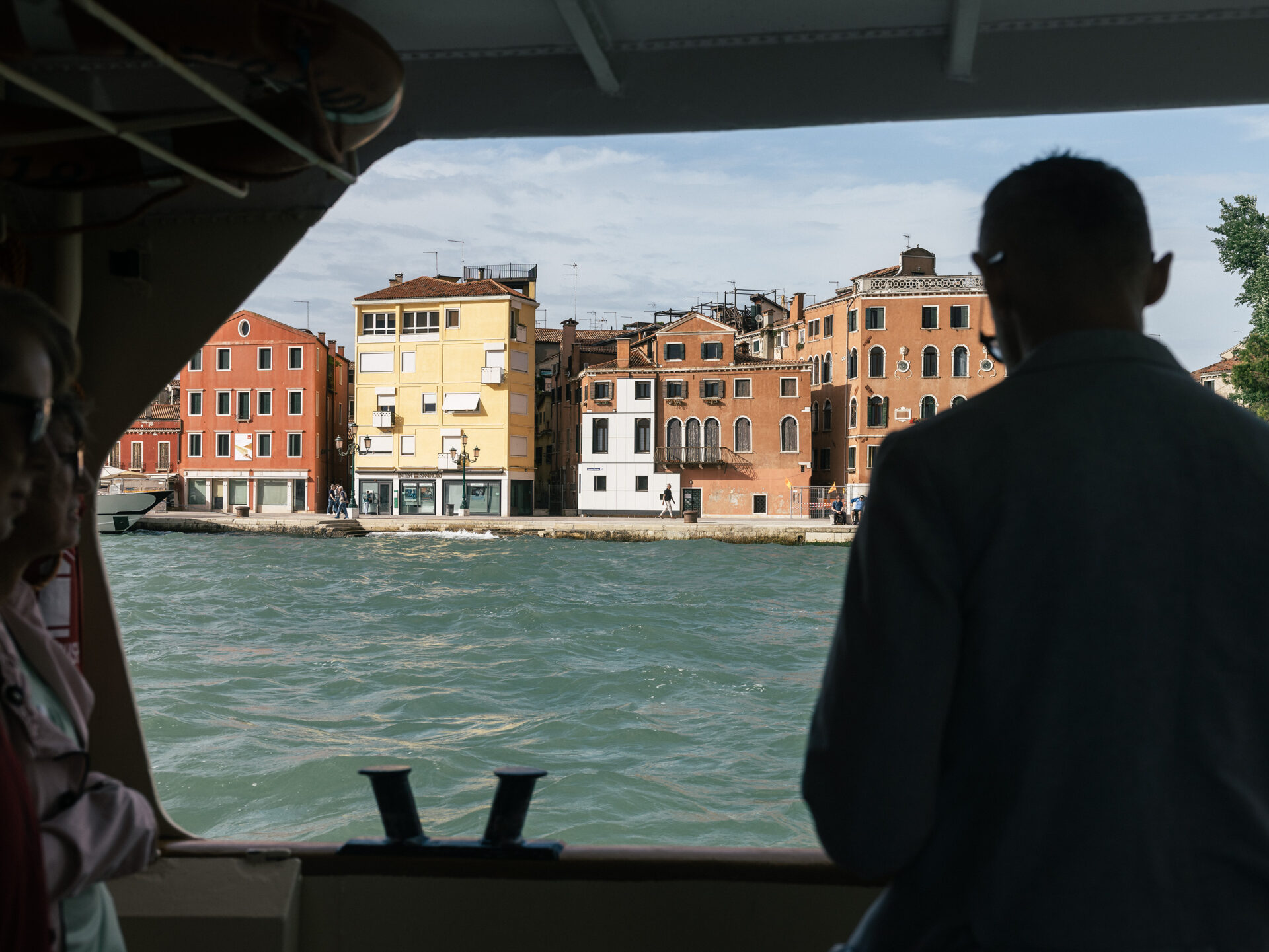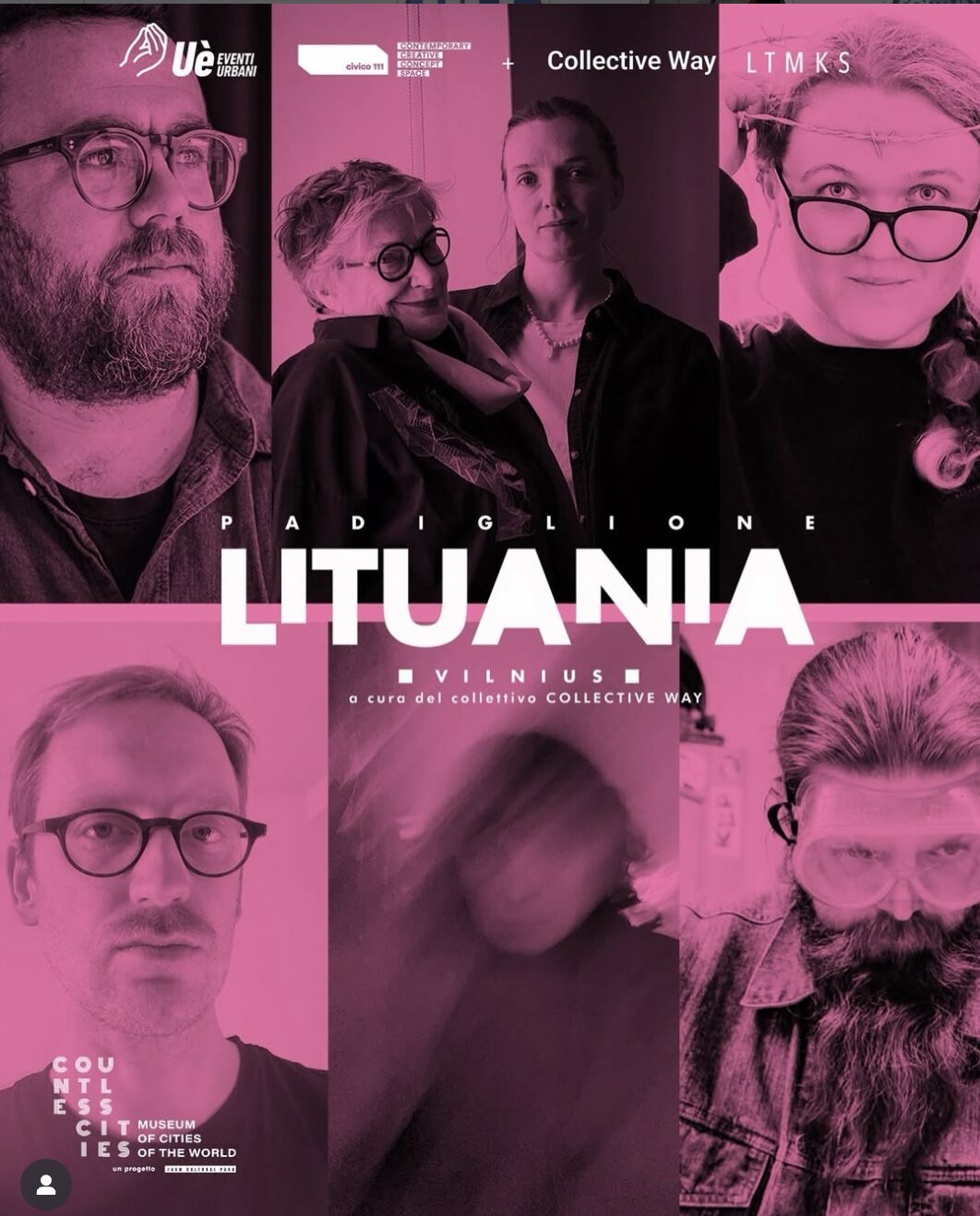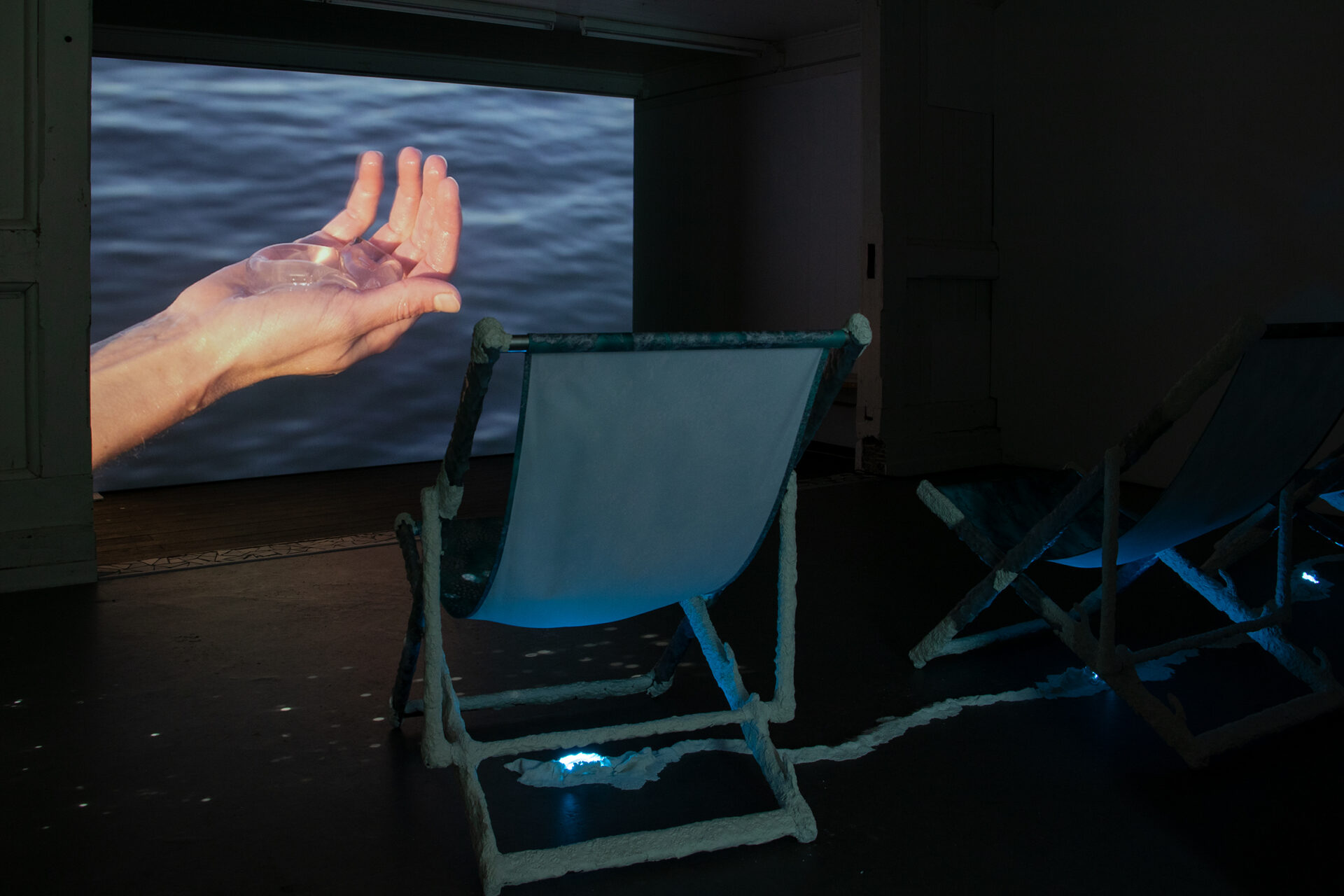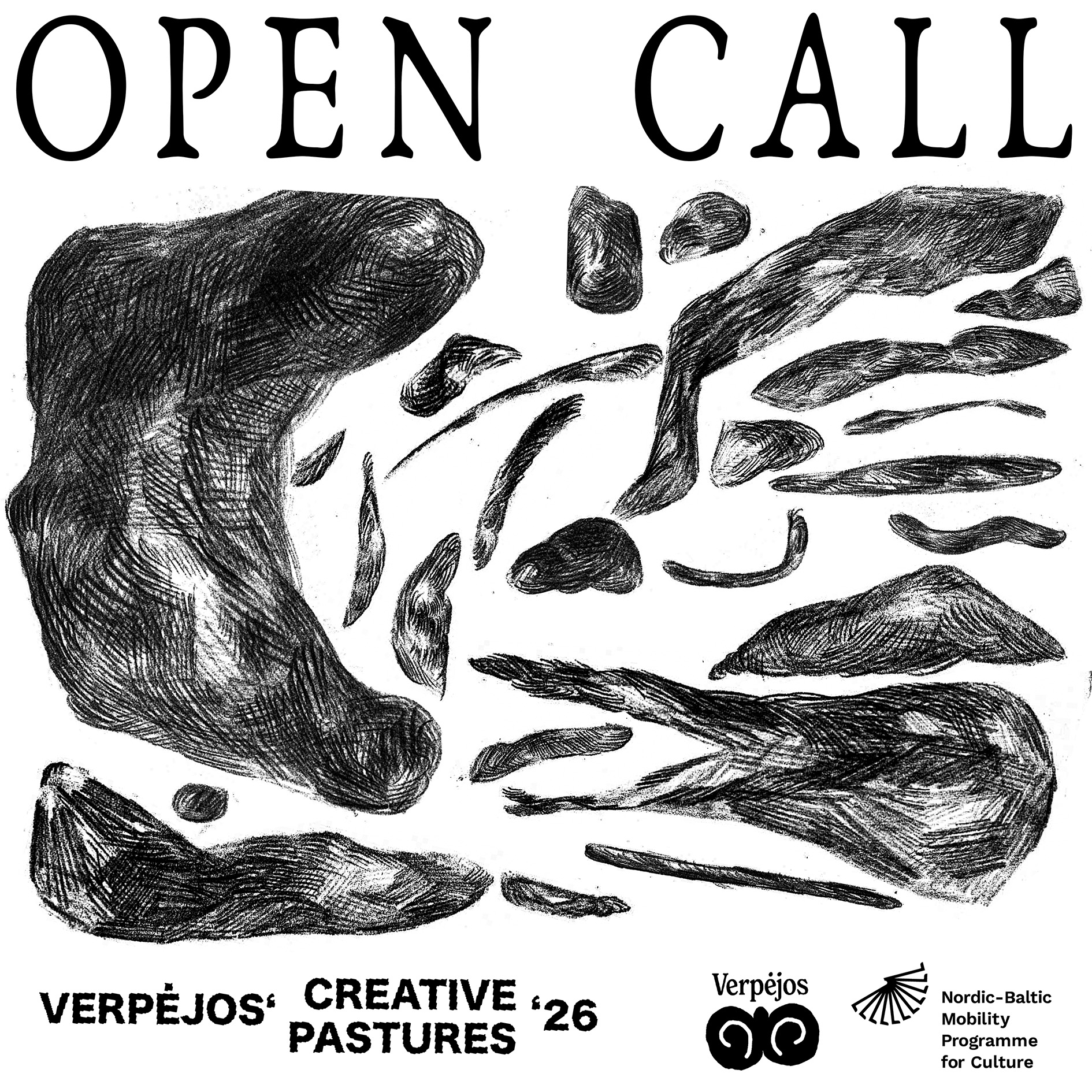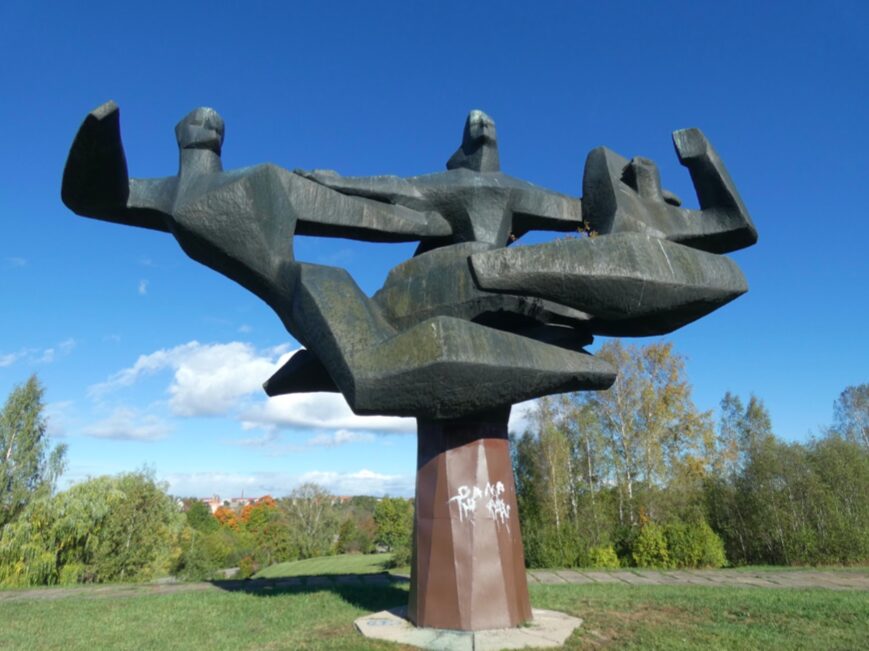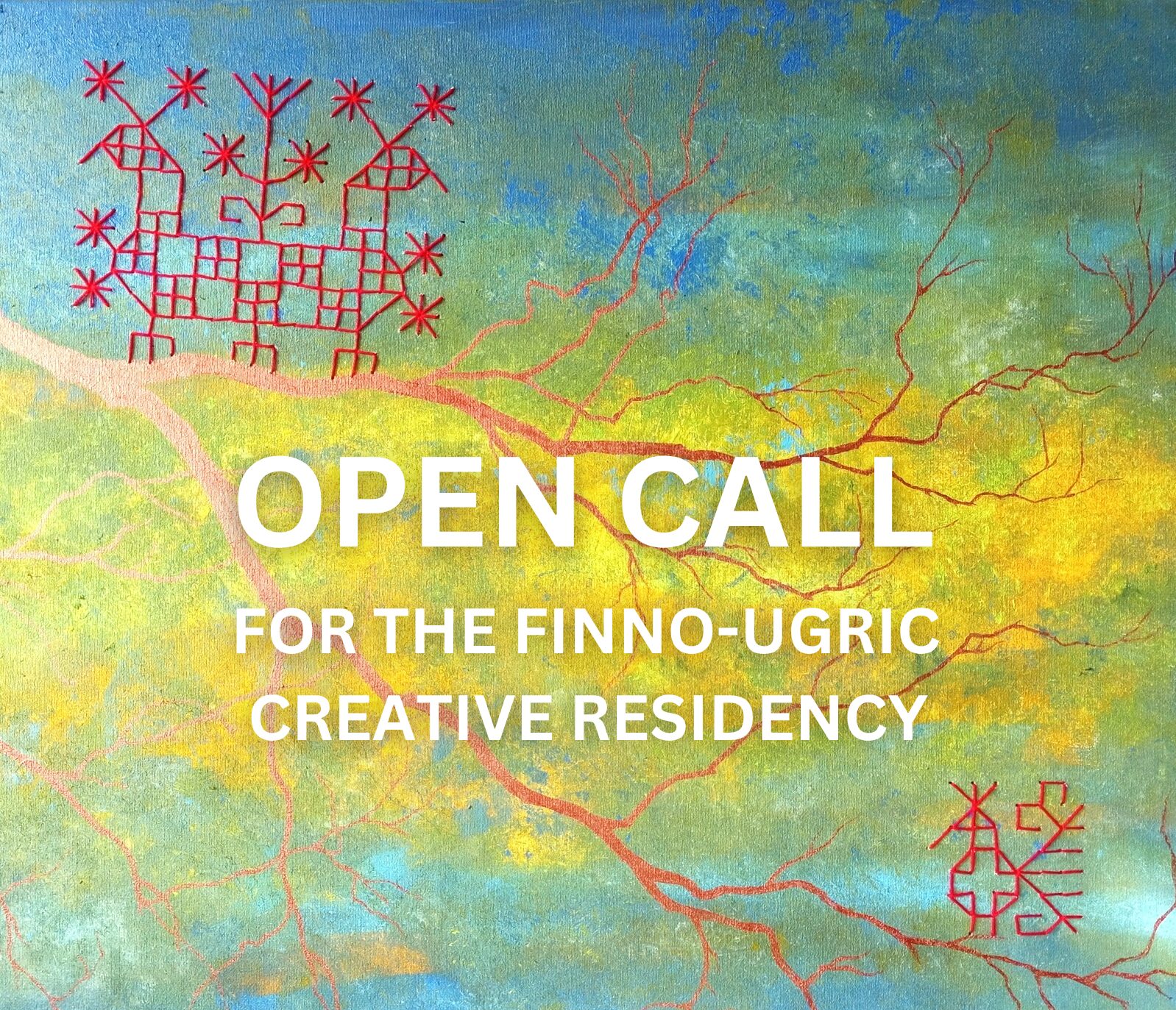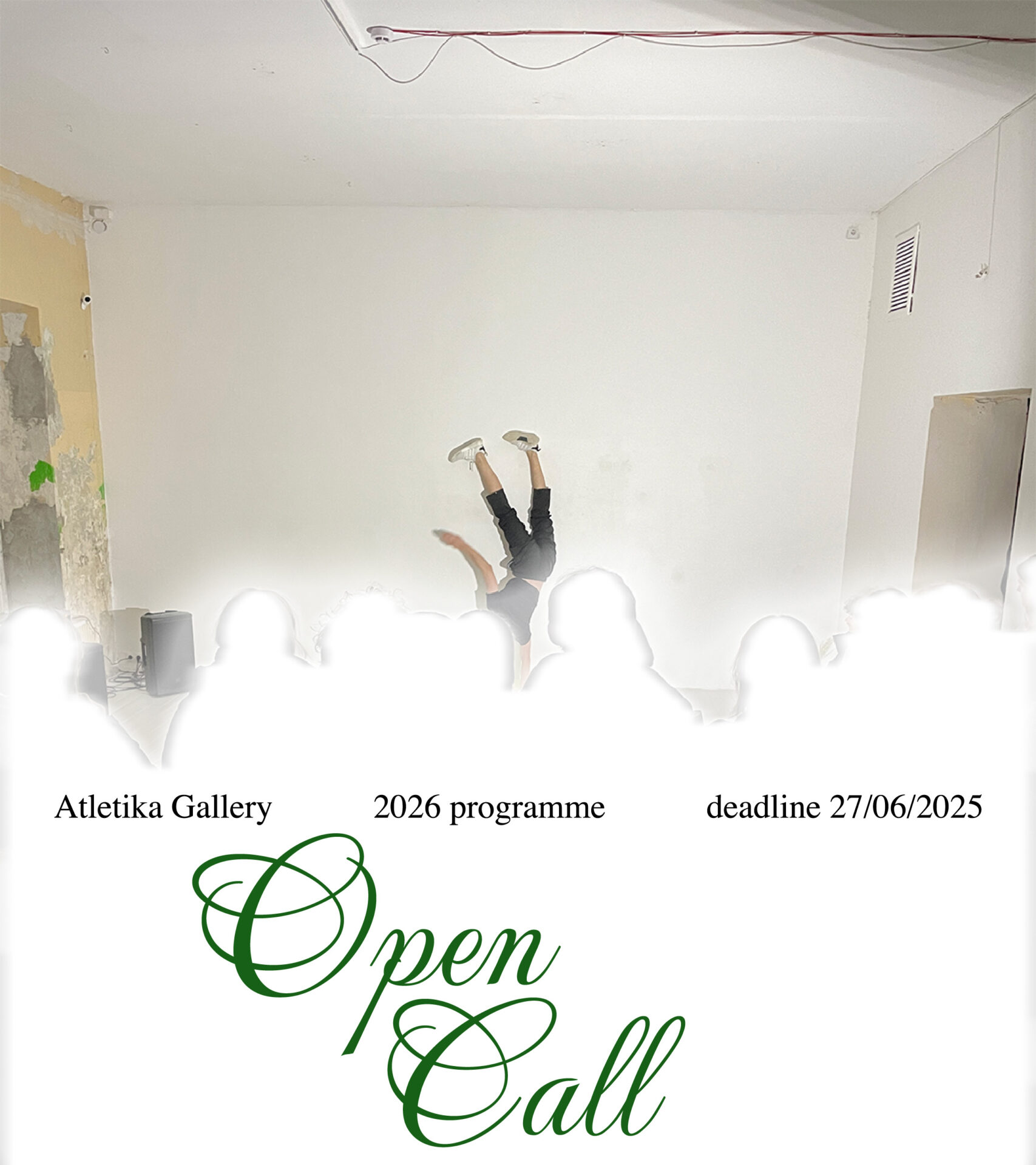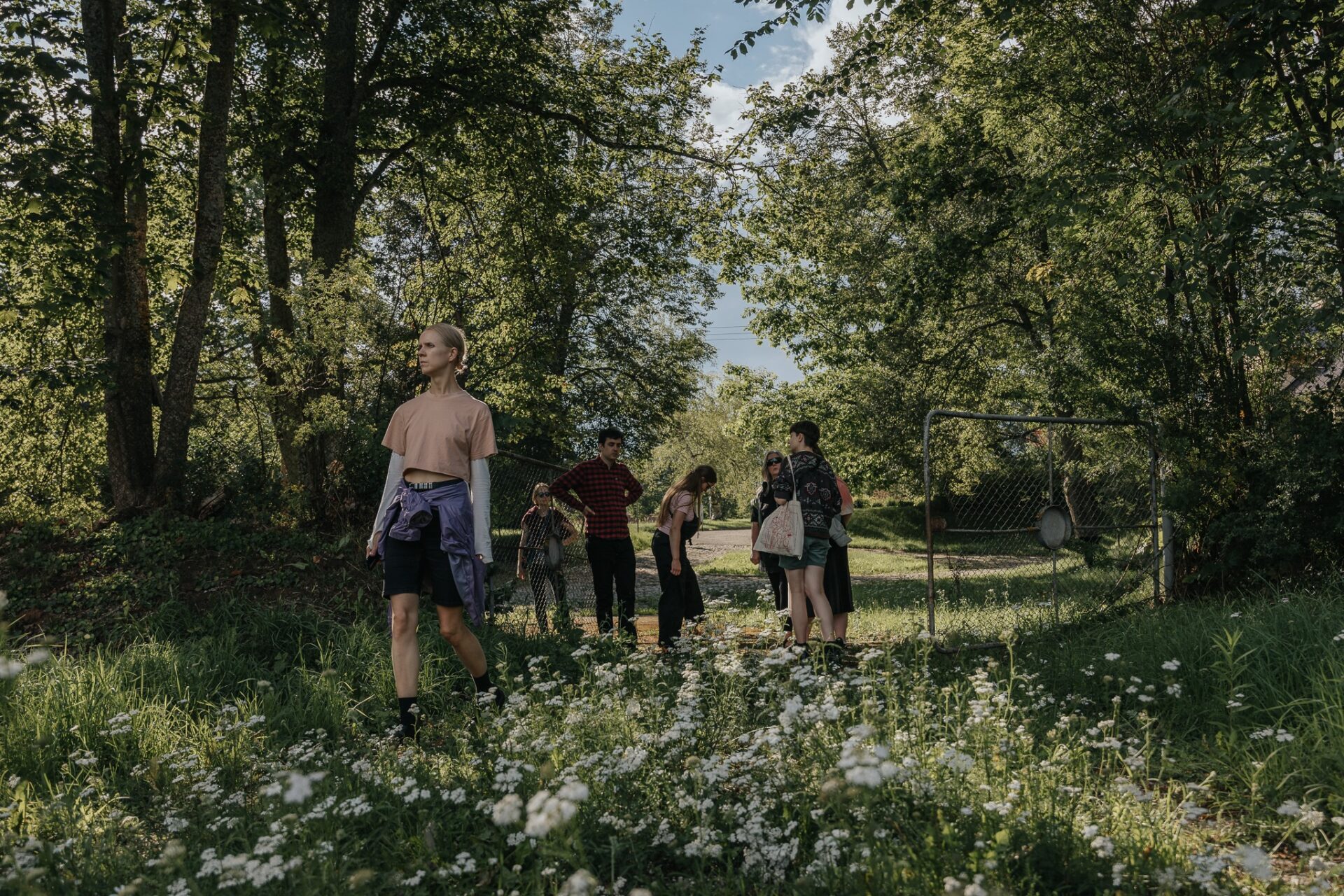This issue is not about a colour … but about the glistening hue of a colour. It is also not about a theme, it is much more about the vibe; but the theme is also important, so it is also about that. The issue can be read as an invitation to claim agency and browse in different fields and worlds, if, and only if, one regularly allows moments of pleasure and forgetfulness to unfold. No place for hustle culture here. Maybe muted echoes in the distance. It is structured, at least I hope so, because the days of ‘anything goes’ are long gone. Art is strategic and ready to pounce. Reluctantly, it is a hidden love letter to philosophy. If you know what I mean. I know that different management and leadership theories emphasise the need to be resolute and certain, but I don’t think I want that vibe here. Maybe it is about creatures. Creatures without whom none of this would make sense.
We were still waiting for our drinks at a cafe on a warm summer afternoon. Together with Rupert residents at that time Yiou Peng (aka Penny) and Yen Chun Lin, we were sitting in the shadow of old trees, probably chatting about some things related to art, and some not. While being caressed by the warm July breezes, the topic of ‘the theme’ slipped into our conversations. What does it mean to work with a theme, especially in the context of an art institution? The question feels somewhat easier when it comes to the realm of science or, let’s say, political think tanks. A question(s), methodology, measurements, potential outcomes and an evaluation process: these are rough trajectories to follow, yet they become murkier and subject to more interpretation within the field of art. Yes, you can follow these trajectories and arrive at tangible results: a book, or a toolkit, or an artwork, or an event, the list can go on. They all are legitimate and important parts of a wider ecosystem often called the ‘art world’, although our conversation and my interest craved to dive into less explored, murkier terrains of ‘the theme’.
As the afternoon sun was playfully choreographing scattered shadows on our humble cafe-cum-research table, Penny, with an enthusiasm reserved only for their wondrous personality, exclaimed ‘What if Rupert worked with the theme of colour, like yellow?’ The quote might be inaccurate, but the point is clear: how can we engage with something that oscillates between material and conceptual, leaving traces and hints in different sites of perception, while shaping sensibilities without carving rigid structures. ‘Yellow’ became a good starting point to think further, and an adhesive surface to stick and weave different ideas, senses and feelings that would otherwise not find their way to each other. It is transdisciplinarity par excellence, in a way that not only sways between different disciplines, but habitually leaves them all together in territories of the unknown.
Yellow the theme, digitally designed by Nick Delap, is also a pushback against the evaluation and legitimacy of certain knowledge, especially coming (and/or dominated) by academia. How one can do artistic research, and how one can write about art, is all too often determined by written and unwritten rules. Jargon, structures and all the things that make something worthy to be considered legit. Thinking about it becomes diligently personal: coming from a background of academic philosophy, it was quite a liberating, but not easy, journey to finally feel comfortable in different ways of expression and staying in and with different worlds. I want to share and imbue some of that journey and world-travelling into this issue. Maria Lugones will help me with this ambitious task.
Fast-forward to the autumn of the same year: a yellow hue of an ambient light welcomes me into a flat in Neukölln in Berlin. A gathering, a birthday (of one of the authors in this issue), a celebration, a pre-party: a moment that brought different people together without one unifying reason. In the midst of it all, appropriately without providing much of a context, Penny asks me ‘What is your favourite colour?’ Without thinking twice, I reply: ‘The colour of a ripe plum.’ An answer once again displays an intimate entanglement and interconnectedness of different worlds. Before coming to Berlin, I was reading a Rupert residency application by Kate Morgan with a proposal for a project on a queer interpretation of Phaul Thek’s painting Three Elegant Prunes. While the ripped prunes themselves in the painting and in reality are a darkish velvet, red or even almost black, the background of the painting radiates yellow. I did not realise that until I started assembling this issue. Yellow becomes almost palpable and metonymic.
In this interpretation, yellow is also unconscious: the colour inserted itself into my brain through a clever trick, a cognitive sleight of hand. But I don’t want to make this issue into a psychoanalytic web of endless connections and interpretations. Psychoanalysis, at least in its early versions, tried too hard to prove itself as a legitimate science, and this issue is not about insecurities. It is much more about the vibe. And nobody can speak better of the vibe than Laura Lotti and Calum Bowden, bringing the whole thing back to the institutional and organisational. Yellow the theme, as much as it would like to be ‘anything goes’, at its core is well structured and strategic. This is a good quote by Calum and Laura: ‘A vibe erupts beyond the singular and the static towards a multiplicity of heterogeneous elements and cannot be fixed or pinned down (attempts to name or describe a vibe always reduce its complexity).’[1] Working with a theme, yellow or any other, also means responsibility to others and a readiness to take the heat when needed. Yes, we are all in it together, but we share and divide responsibilities, and we plan and strategise developments, regardless of how close or far they are. It can be an institutional strategy for the next five years, or a decision on which club is best to extend the yellow-hued gathering.
Another fast-forward to last week, the autumn of 2023, an early morning at Club Ost in Berlin. I find myself deep in multiple eruptions of multiplicities and heterogeneous elements, shared amidst moving bodies. Looking back, I cannot but think of this beautiful transition by McKenzie Wark (interviewed by Sara Sassanelli): ‘Our pills pop. I’m on my back on the plywood platform, drawing him down onto me, into me, sweat breeding from flesh. Lean head back over the edge, see upside-down people watching us. Close my eyes. Open them twenty years later.’[2] Being in that moment feels like opening my eyes a year later, with a slightly different crew alongside, but still running on ceaseless curiosity, desire and smouldering burnout.
We leave the club and go into the crisp and chilly air of October in Germany. It is a moment when all the multiplicities, eruptions and entanglements of the dance floor collapse into each other, creating a feeling like no other. I think Flora Yin Wong is good at unbundling and re-bundling these feelings through their sonic explorations. Hope you can hear it now. We all gaze, and some collect vividly yellow leaves, still persistently hanging on the branches of tall trees. It feels like the last moments before they give up and fall on to the dark pavements of East Berlin. Yellow keeps exposing itself, almost making a strange metaphysical joke about my weary perception. Maybe this capricious colour is beyond my comprehension, thematic harnesses or academic ponderings. Maybe it is contemporary alchemy, transforming burnouts and promises of a good life (as in Lauren Berlant) into dissociative hedonistic flickerings. While passing a cheerful morning jogger, I am dreadfully reminded of the fact that I am terribly late to submit articles to the editors of artnews.lt.
[1] Lotti, Laura, Bowden, Calum, ‘Manifesting a Black Swan DAO’, in Radical Friends: Decentralised Autonomous Organisations and the Arts, edited by Ruth Catlow and Penny Rafferty. Torque Editions, 2023, p. 157.
[2] Wark, McKenzie, Raving. Durham and London: Duke University Press, 2023, p. 16.
Read the magazine: yellow. raving and vibing into worlds long gone and yet to become

